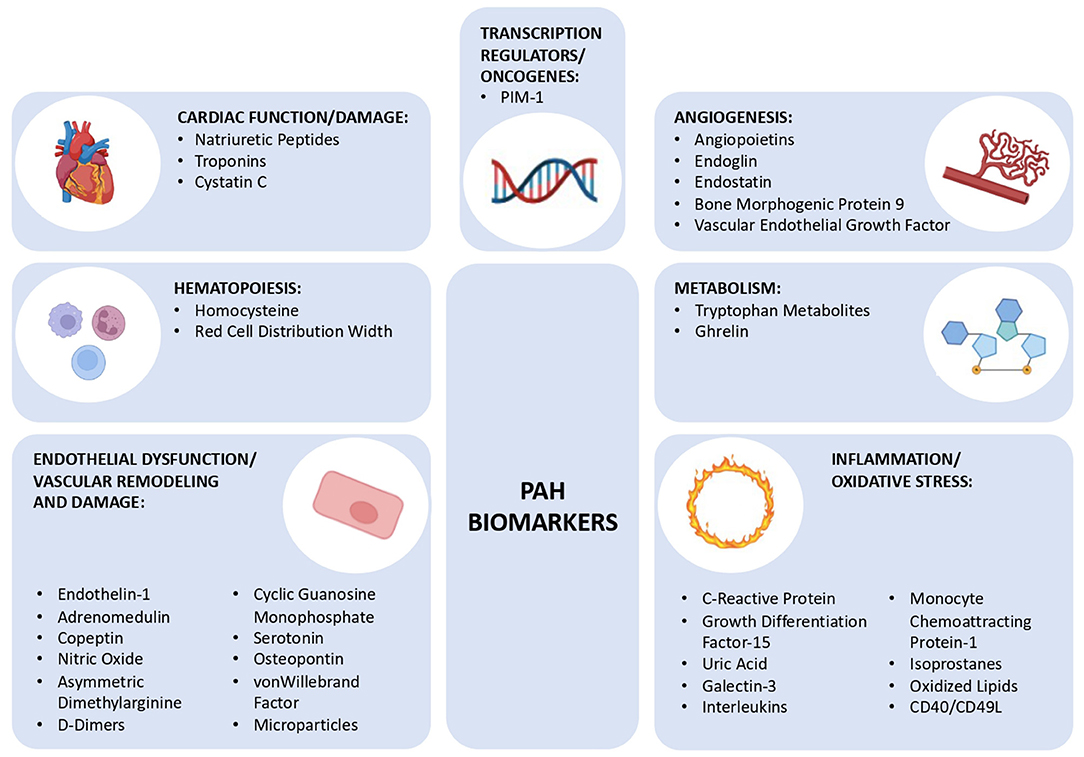PPH: Understanding Primary Pulmonary Hypertension for a Healthier Life
– Postpartum hemorrhage (PPH) is severe bleeding after giving birth.
– PPH usually occurs within 24 hours of childbirth but can happen up to 12 weeks postpartum.
– PPH is when total blood loss is greater than 32 fluid ounces after delivery or when bleeding is severe enough to cause symptoms of too much blood loss or a significant change in heart rate or blood pressure.
– There are two types of PPH: primary (within the first 24 hours after delivery) and secondary or late (24 hours to 12 weeks postpartum).
– PPH occurs when contractions after delivery aren’t strong enough to stop bleeding (uterine atony) or if parts of the placenta stay attached to the uterine wall or if the reproductive organs are damaged during delivery.
– Approximately 40% of PPH cases occur in women without any risk factors.
– PPH is a serious and potentially fatal condition that can cause a sharp decline in blood pressure leading to restricted blood flow to the brain and other organs. It is a medical emergency that requires immediate treatment.

